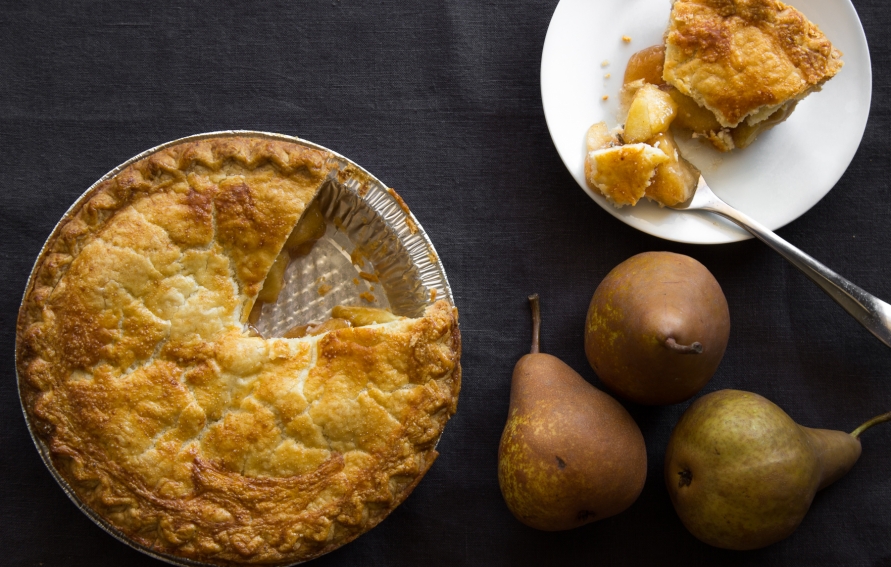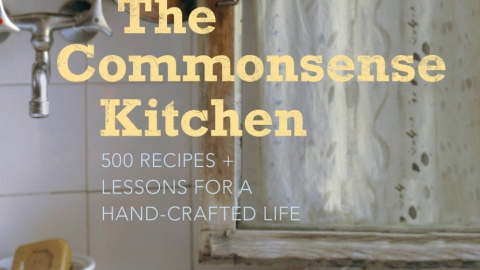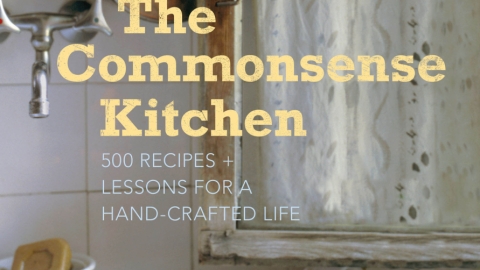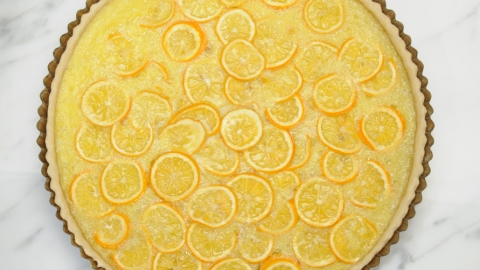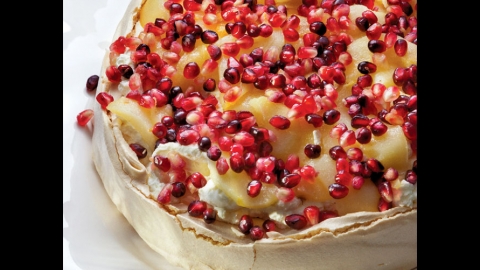Ingredients
- 2½ cups all-purpose flour
- ¼ cup whole wheat flour
- 1 teaspoon salt
- ¼ teaspoon sugar
- 1 cup (2 sticks) plus 1 tablespoon cold unsalted butter
- 6 to 8 tablespoons cold orange juice
- 7 bosc pears peeled, cored and sliced ½-inch thick (for 7 to 8 cups sliced pears)
- grated zest and juice of ½ lemon
- 1½ tablespoons all-purpose flour
- ⅓ to ½ cup firmly packed brown sugar
- pinch of ground cinnamon
- 1 teaspoon finely grated fresh ginger
- pinch of salt
- 1 egg, separated
- 1 tablespoon butter, cut into small pieces
- 1 tablespoon milk
- 1 tablespoon granulated sugar
Cooking
To make the piecrust: Combine both kinds of flour, salt and sugar in a large bowl. Slice the cold butter thinly into the dry mixture, tossing to coat the slices. Using your hands, rapidly work in the butter, breaking up large chunks of butter and smearing clumps of the mixture between your palms, until the visible chunks of butter are pea-sized. As the flour is moistened by the butter, it will darken slightly in color, turning from cream white to pale ivory. Sprinkle in the orange juice and, using a fork, lightly toss and combine just until the mixture coheres. If the mixture seems dry, sprinkle in a bit more orange juice, but do not add so much that the dough becomes sticky.
Divide the dough into 2 balls of equal size. Wrap tightly in plastic wrap and press each into a disc. Let the dough relax in the refrigerator for 1 hour, then unwrap and roll out on a floured surface with a floured rolling pin, flipping frequently so it doesn’t stick, to a large circle about ⅛-inch thick. When rolling, apply outward, not downward, pressure. Rolling piecrust takes practice. Fold the circle gently in quarters, lay it in a 10-inch glass pie plate and unfold. Gently press the crust into the plate so there are no air pockets. Patch any holes or tears with bits of excess dough, lightly moistened with water. Roll out the second crust a bit thinner than the first, and reserve it between 2 sheets of plastic wrap.
To make the filling and assemble the pie: Heat the oven to 425º. As you slice the pears, toss them with the lemon juice in a large bowl to sharpen the flavor and prevent them from browning. Toss the pears with the lemon zest, flour, brown sugar, cinnamon, grated ginger and salt until thoroughly combined. Taste a pear, adding more sugar if they are very tart.
Before filling the pie shell, lightly beat the egg white and brush the entire inside surface of the pie shell with it, making sure to apply a good coat around the rim. This will help keep the bottom crust from getting soggy and will also “glue” the top and bottom crusts together at the edge.
Dump the pears into the prepared pie shell, arranging them in an even layer, slightly mounding in the center. Dot the pears with the butter and gently drape the top crust over, pressing around the rim to fuse the top and bottom crusts. Using a knife or kitchen shears, cut away the excess crust around the rim, leaving about 1 inch of overhang. Fold the overhanging crust in toward the rim and crimp, pinching the folded edge of the crust in an attractive, even scallop pattern—the structure of this fluted edge helps keep the crust in place. Make an egg wash: Thoroughly mix the egg yolk and milk together in a small bowl. Brush the top and rim of the pie with the egg wash, sprinkle the top with the sugar, and cut 3 vents in the center of the top crust.
To finish the pie: Bake in the center of the oven for 15 minutes, then turn the oven temperature down to 325º. Bake for 40 minutes longer, or until the pears are soft and thoroughly cooked. Test by inserting a small knife into a vent; the pears should offer no resistance when pierced. The bottom of the pie should be golden. Rotate the pie once or twice during baking. Let the pie cool on a rack for a couple of hours at least, until room temperature or barely warm—the juices will continue to thicken as it cools.
Makes one 10-inch, double-crust pie; serves 6 to 8.
About this recipe
Compliments of The Commonsense Kitchen by Tom Hudgens; published by Chronicle Books.

